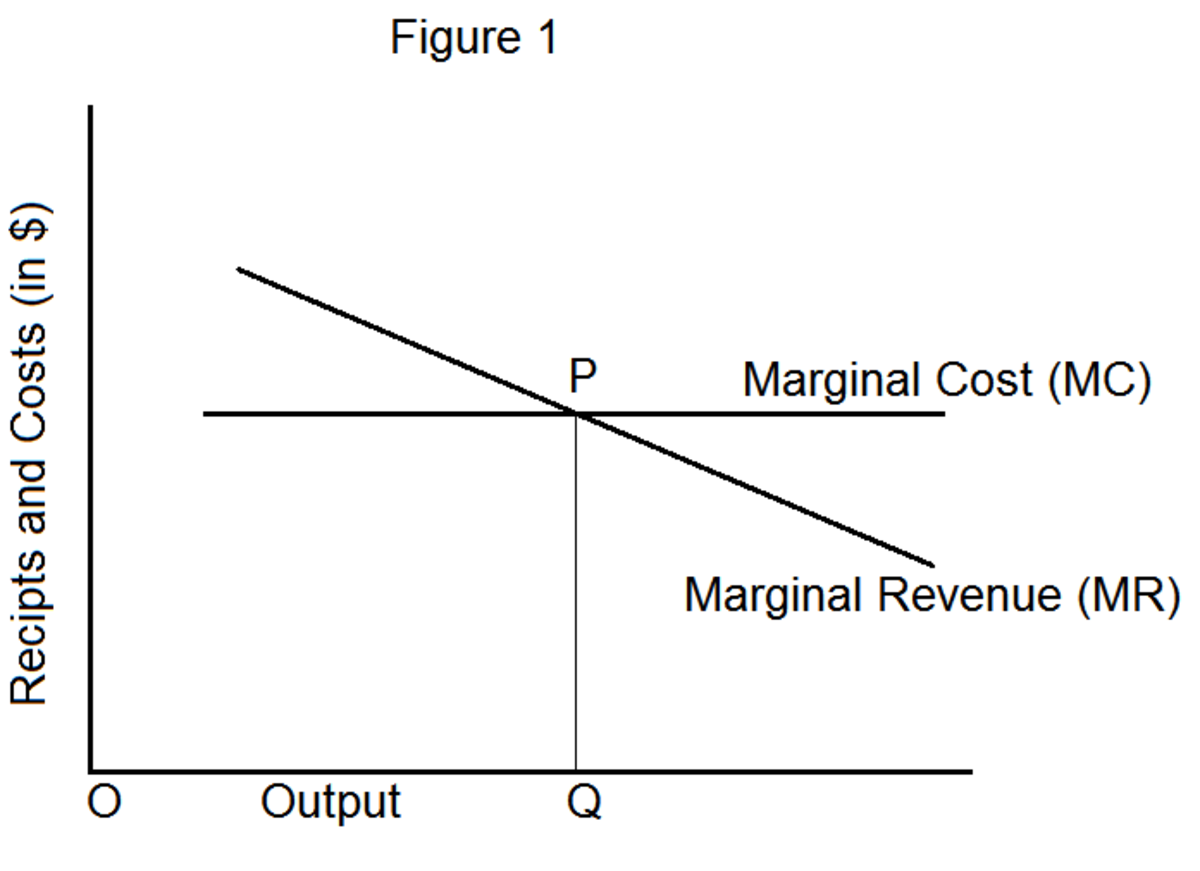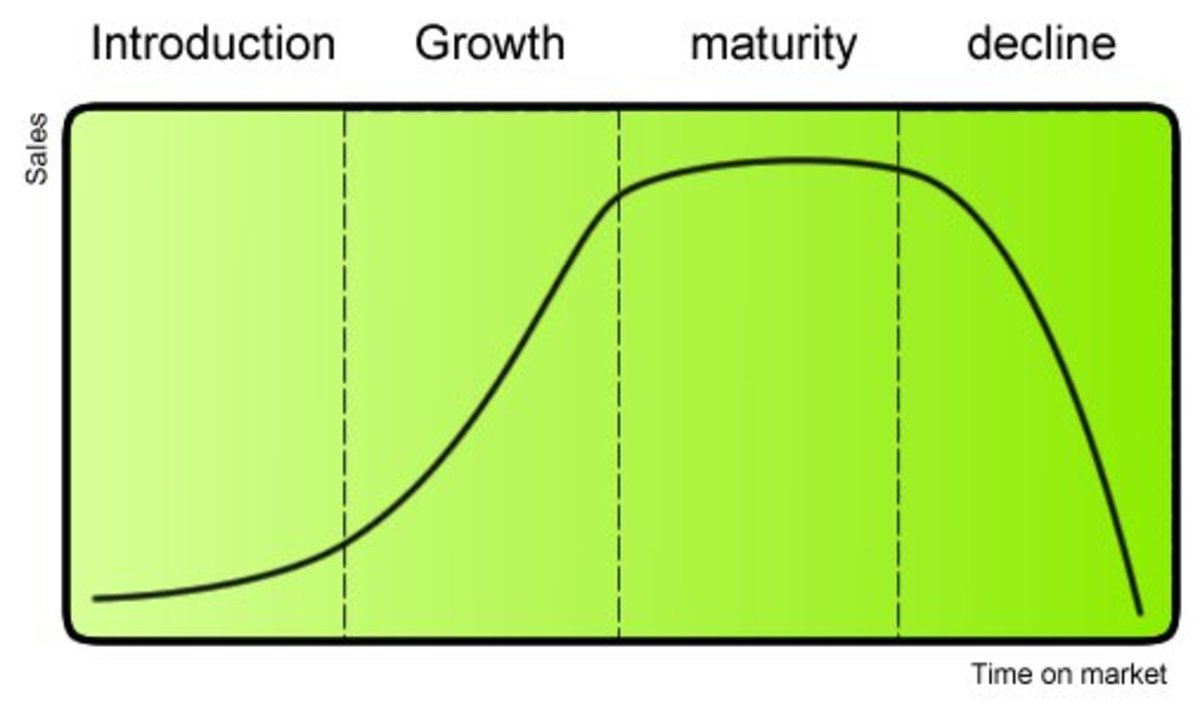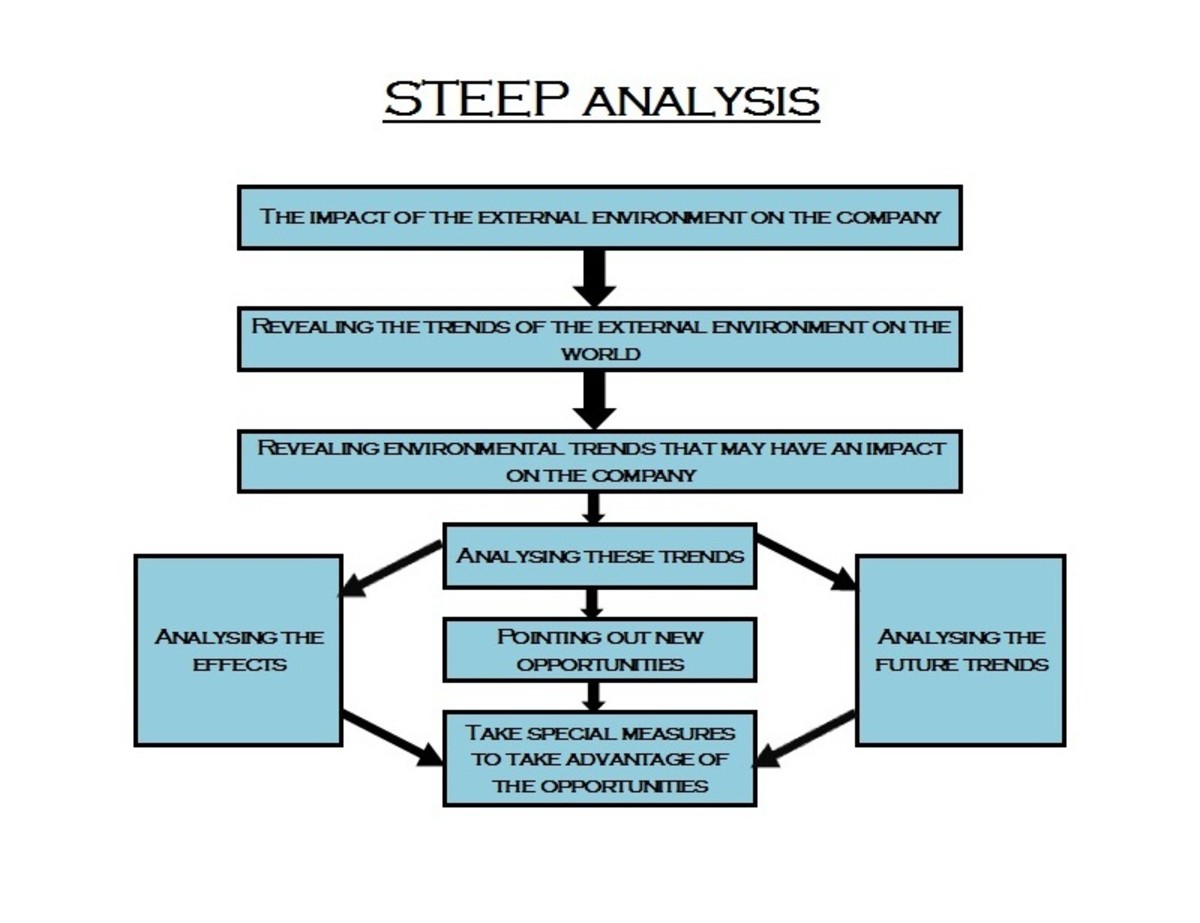Are Market Segments Determined by the Product or the Market Served?

A Marketing Chicken-and-Egg Question
So which one should be decided upon first? The product (or service) to be offered? Or the market segment it will serve? It could be argued that if you don't have a product, you can't serve a market. True... mostly. But if you don't have a market segment to serve, why produce a product? Still with me? Definitely a marketing chicken-and-egg question, but one that can have dramatic implications for the future of any business' sales and marketing efforts.
Additionally, an identical or similar product can serve multiple market segments.
So now what?
Product Segments versus Market Segments
Let's take mobile phones as an example here. They're used by almost everyone (literally) from the billionaire to the bankrupt. So they could be considered a product segment, but not necessarily a market segment.
Plus, there can be product segments within product segments. For example, smartphones (those with apps, Internet access and more) could be considered a separate segment from standard mobile cell phones or "feature" phones (phones with some enhanced capabilities such as texting or email, but not the full range of apps available on smartphones).
Market Segments Within Product Segments
Continuing the mobile phone discussion, within that product segment there are multiple market segment layers. These layers are determined more by what the product (or service) means for the customer.
For lower income wireless customers, their mobile phones may be their only access to the Internet, as suggested by a survey done by leading research think tank, Pew Research Center. In their 2015 study, Pew found that 13 percent of lower income (an annual income lower than $30,000) were smartphone-dependent for online access, meaning that they either have limited or no other way to access the Internet. So for lower income users, the smartphone could be their lifeline to the Internet for information, job opportunities, and more.
Contrast this with those who earn a household income of $75,000 or more: Only 1 percent of these smartphone owners were smartphone-dependent for online access. So for higher income users, smartphone access is just another Internet access point.
This truly creates two different markets and two different marketing messaging strategies. For lower income users who are smartphone-dependent, the messaging could be centered around a smartphone as a life necessity. For higher income users, emphasizing convenience of Internet access everywhere on multiple devices might be a more attractive message.
Who's in Charge?
Compounding the situation is the fact that some market segments emerge AFTER a product or service has become commercially available, with customers finding ways to use them in new ways and in new places.
For example, I wrote my book, SWAG: How to Choose and Use Promotional Products for Marketing Your Business, with end user marketers in mind. However, I also, unintentionally, created fans among promotional products sellers like myself, who used the tips to help better serve their own customers.
Don't marketers do research before investing in new product or market development to determine customer segments beforehand? Sure they do. But remember that even when ideal target customers are surveyed, what they say they will buy—and how they will use it—might not be what they actually buy or do in reality.
The Never-Ending Cycle
Every new product or service introduction is a risk. To reduce the risk, market research is typically done prior to investing in development. However, new market segments may emerge which could completely alter how a product is sold and marketed... and may even spawn ideas for even more new products. This creates two very important marketing functions:
- Constant Monitoring of Sales, Trends and Traffic. Simply measuring the dollars from sales tells marketers little about what is working. Additional insight can be gained from such tools as website traffic and sales trend analysis.
- Build Communities, Not Just Customers. Building communities of customers through avenues such as social media and events can provide valuable perspective into what makes these markets tick. What's important to them? What type of lifestyles do they have? Armed with this knowledge, marketers can better understand customers and make course corrections at every stage in the product life cycle. Plus, a new or newly discovered demand might suggest even more new products or services that could be developed.
So the chicken-and-egg cycle of product and market segment development continues on... and on... and on...
This article is accurate and true to the best of the author’s knowledge. Content is for informational or entertainment purposes only and does not substitute for personal counsel or professional advice in business, financial, legal, or technical matters.
© 2015 Heidi Thorne








